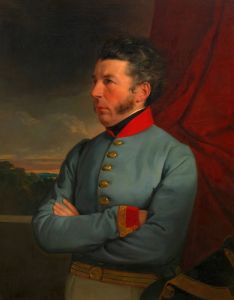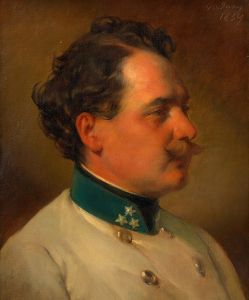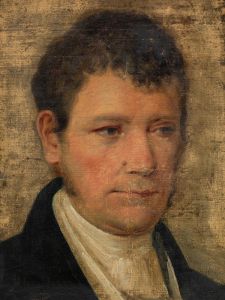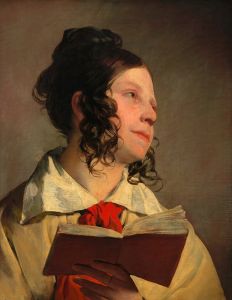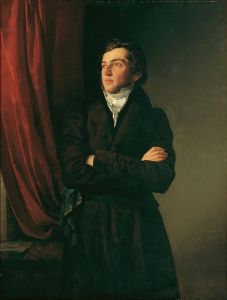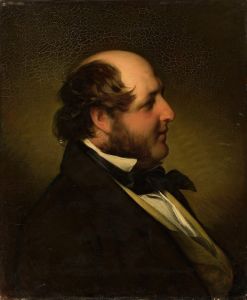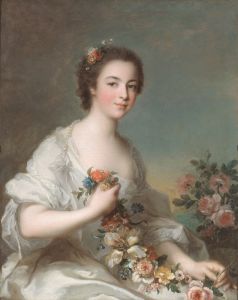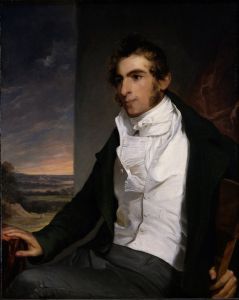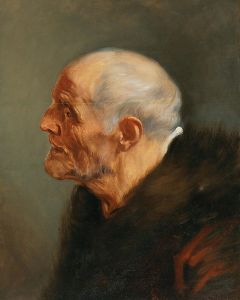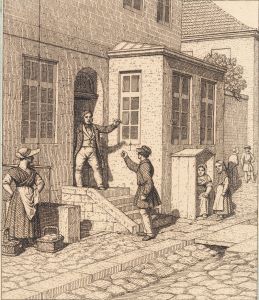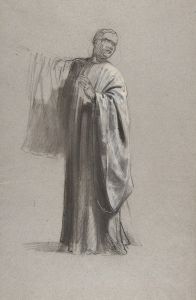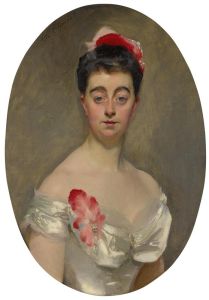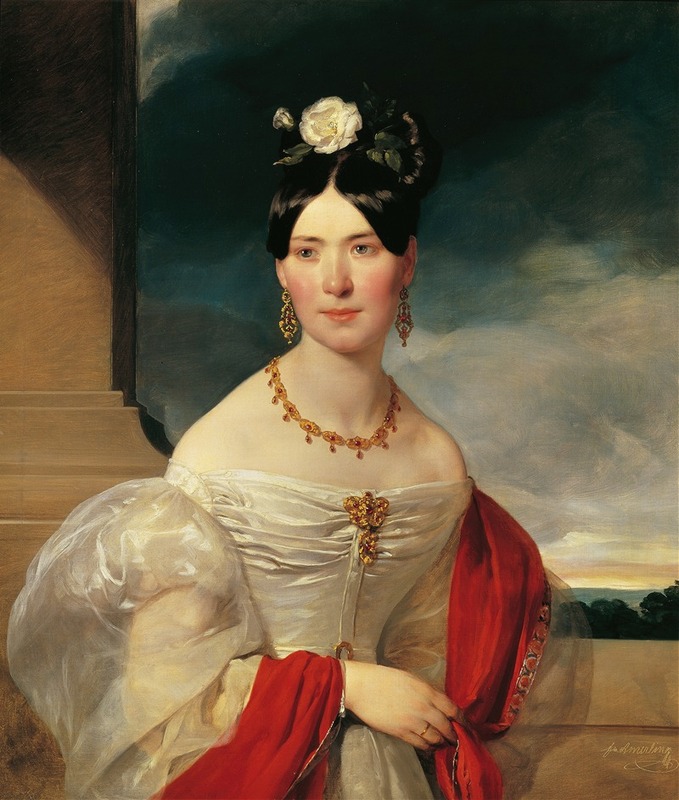
Marie Freiin Vesque of Puettlingen
A hand-painted replica of Friedrich von Amerling’s masterpiece Marie Freiin Vesque of Puettlingen, meticulously crafted by professional artists to capture the true essence of the original. Each piece is created with museum-quality canvas and rare mineral pigments, carefully painted by experienced artists with delicate brushstrokes and rich, layered colors to perfectly recreate the texture of the original artwork. Unlike machine-printed reproductions, this hand-painted version brings the painting to life, infused with the artist’s emotions and skill in every stroke. Whether for personal collection or home decoration, it instantly elevates the artistic atmosphere of any space.
Friedrich von Amerling was a prominent Austrian portrait painter of the 19th century, renowned for his contributions to the Biedermeier period, a time characterized by a focus on middle-class sensibilities and a preference for realism and detail in art. Among his many works, "Marie Freiin Vesque of Puettlingen" stands out as a notable example of his portraiture.
Marie Freiin Vesque of Puettlingen was a member of the Austrian nobility, and her portrait by Amerling reflects the artist's skill in capturing the elegance and refinement associated with the aristocracy of that era. Amerling's portraits are celebrated for their meticulous attention to detail, and this work is no exception. The painting exemplifies his ability to render textures and fabrics with precision, as well as his talent for portraying the delicate features and expressions of his subjects.
In this portrait, Amerling employs a soft color palette, which was typical of his style, to create a sense of warmth and intimacy. The use of light and shadow is masterful, highlighting the contours of Marie's face and the intricate details of her attire. Amerling's technique involves smooth brushwork that gives the portrait a lifelike quality, a hallmark of his approach to portraiture.
The Biedermeier period, during which Amerling was active, was a time of relative peace and prosperity in Central Europe, following the Napoleonic Wars. This era saw a flourishing of the arts, with a particular emphasis on domesticity and the depiction of everyday life. Portraits from this period often reflect the values and aspirations of the burgeoning middle class, as well as the nobility, who were keen to have their likenesses captured by skilled artists like Amerling.
Amerling's work was highly sought after by the Austrian elite, and he became one of the most successful portrait painters of his time. His ability to convey the personality and status of his subjects made him a favorite among the aristocracy. The portrait of Marie Freiin Vesque of Puettlingen is a testament to his skill in this regard, as it not only captures her likeness but also conveys a sense of her social standing and character.
Throughout his career, Amerling produced numerous portraits of notable figures, and his works are held in high esteem for their artistic quality and historical significance. His paintings are part of several important collections, including those of the Belvedere Gallery in Vienna and other major European museums.
In summary, "Marie Freiin Vesque of Puettlingen" by Friedrich von Amerling is a distinguished example of 19th-century portraiture, reflecting the artist's mastery of technique and his ability to capture the essence of his subjects. The painting is representative of the Biedermeier period's artistic values and provides insight into the social dynamics of the time. Amerling's legacy as a portrait painter endures, with his works continuing to be appreciated for their beauty and historical importance.





